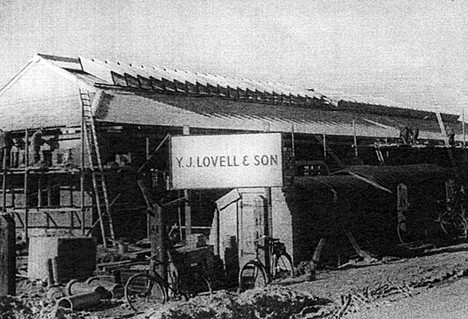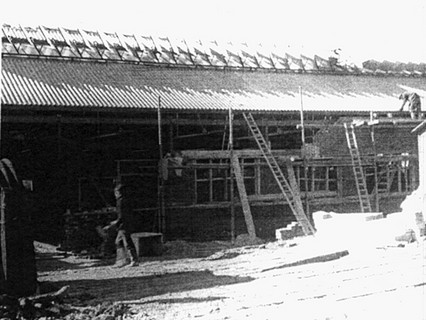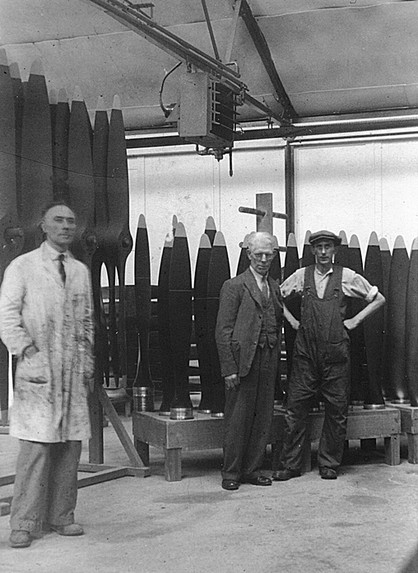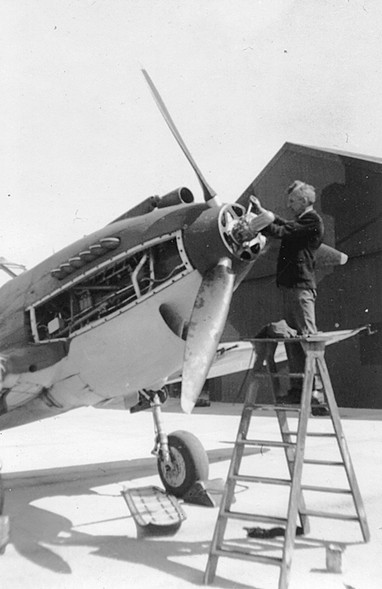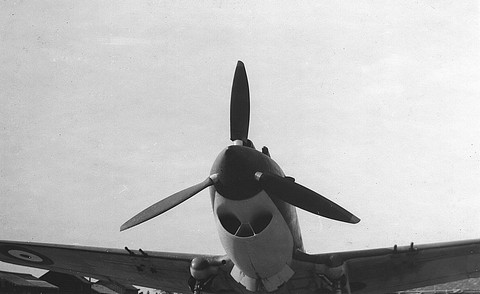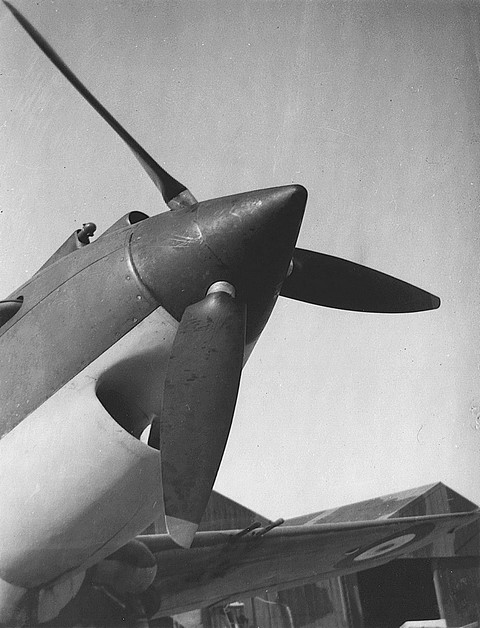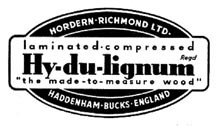Whilst Thomas Cholmondeley Tapper and Dennis Fox had been getting the
airfield up and running they were approached by a friend, the Duke of
Richmond & Gordon, (in partnership with Edmund Hordern who had been
the Heston Aircraft Co.’s test pilot), with a proposal to build a factory
on the airfield to make aircraft propellers using a new
process known as ‘Hydulignum’. This was a high-density wood laminate,
(Lignum Vitae is so dense it doesn’t float, from the West Indies it is
also known for its medicinal properties) and was soon to be used on
various aircraft including I believe aircraft of Wellington
size.
Early in 1939 the Hordern-Richmond Co. leased 4 acres of CTF
land on the south eastern edge of the airfield next to Windmill Road and
soon built their factory there.

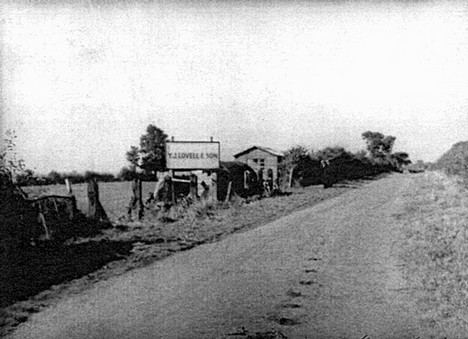
Windmill Road just before work started on the propeller factory.
